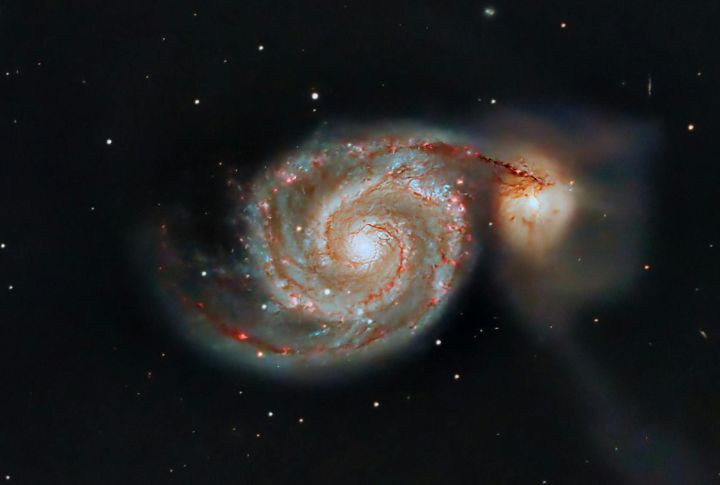
Galaxies are merely clusters of stars. But God, are they stunning! They’re masterpieces scattered across the universe. Some twist like cosmic dancers, others burn with mysterious light or bloom after celestial collisions. This list showcases 10 nebulae that’ll leave you staring at space a little longer.
Andromeda Galaxy
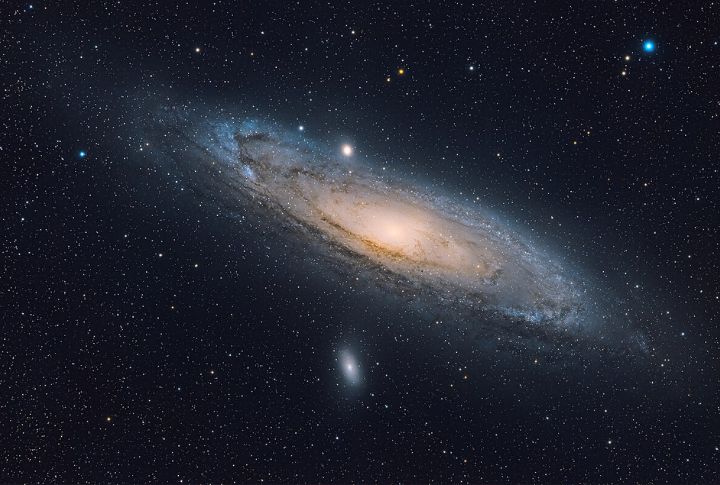
Orbiting quietly toward Earth at 68 miles per second, Andromeda isn’t just big; it’s actually headed this way. Twice the size of the Milky Way, it hosts about a trillion stars. On a clear night, you might catch a glimpse of the nebula that will one day merge with our own.
Messier 81
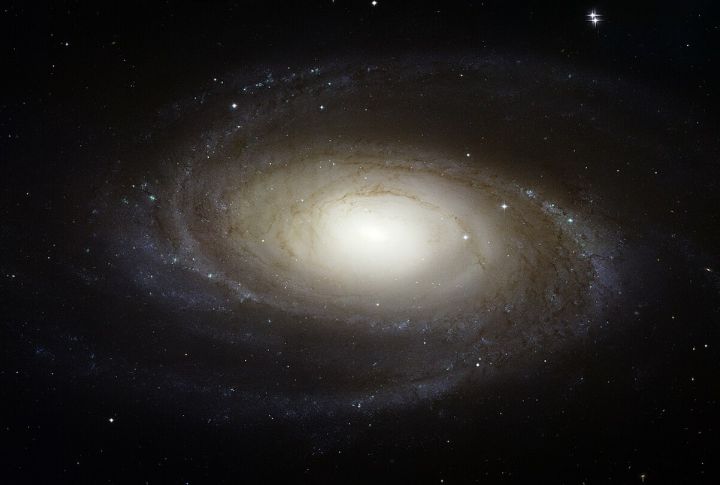
Imagine painting a cosmic swirl with a single stroke—clean, balanced, and deliberate. Messier 81 swirls gracefully, maintaining its shape even across 12 million light-years. Its defined arms and glowing core seem frozen mid-spin, like time took a breath just long enough for the universe to admire itself.
Whirlpool Galaxy
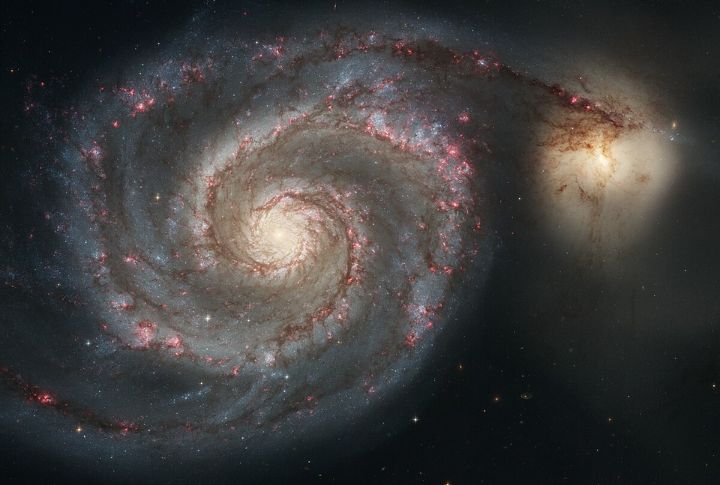
First observed in 1773, M51 displays galactic symmetry with its luminous spiral arms formed by density wave theory. Intense star formation lights up its structure, triggered by the pull of a nearby companion cluster. That stunning shape is nature’s way of painting with gravity and time.
NGC 3314
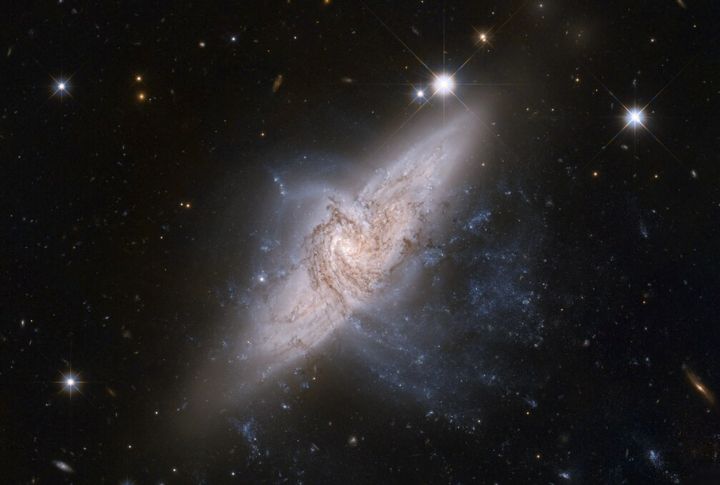
What happens when two galaxies align from Earth’s viewpoint? NGC 3314 creates a surreal illusion of one galaxy embedded within another. Located 140 million light-years away, their layers of dust and starlight don’t actually interact—yet together, they put on one of the universe’s most confusing shows.
Sombrero Galaxy
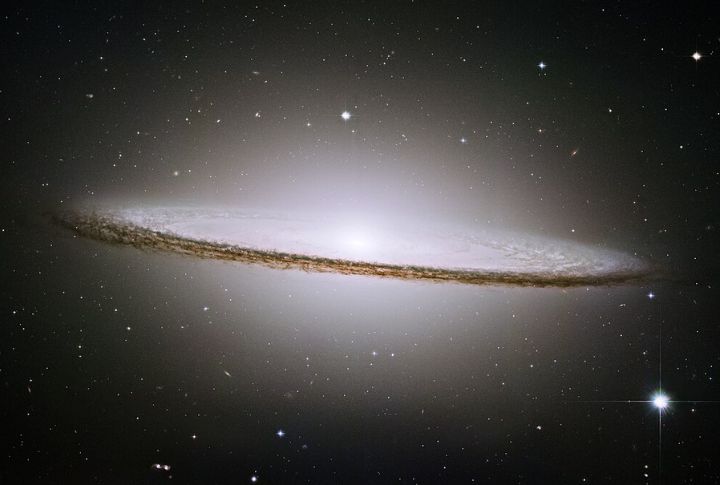
Tilt your imagination sideways because there’s a galactic hat in the sky. The Sombrero Galaxy’s bright core and dark dust belt resemble a cosmic fedora. It balances ancient stars in its bulge while new ones take shape within its hidden ring as it spins 31 million light-years away.
NGC 4945
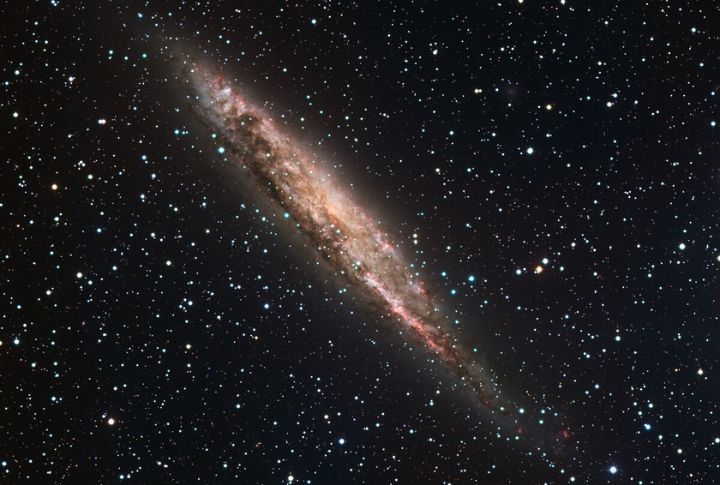
See that edge-on galaxy beaming near Centaurus A? That’s NGC 4945, which is radiating with energy from a concealed supermassive black hole. Its dust lanes and high-energy X-ray emissions hint at violent galactic drama. Think of it as a celestial thriller with a glowing, shadowy cover.
Cartwheel Galaxy
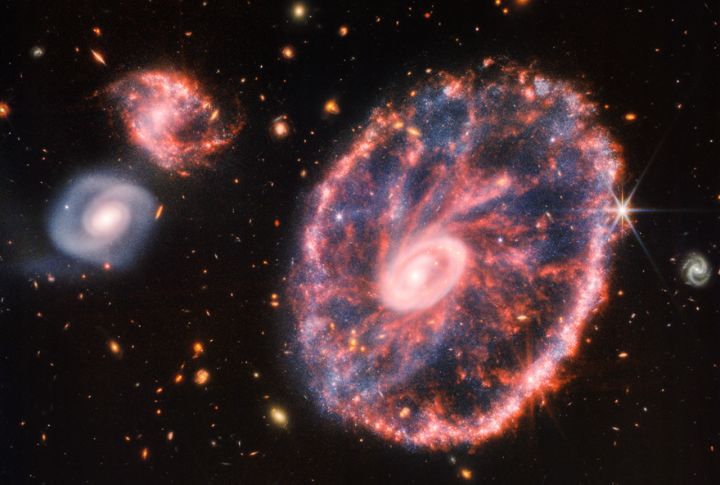
Collisions don’t always create chaos. In the Cartwheel Galaxy, a galactic smash-up 300 million years ago created a vibrant ring of newborn stars. Roughly 500 million light-years from Earth, this wheel-shaped marvel is a rare post-collision relic that turns turmoil into a stunning formation.
NGC 7331
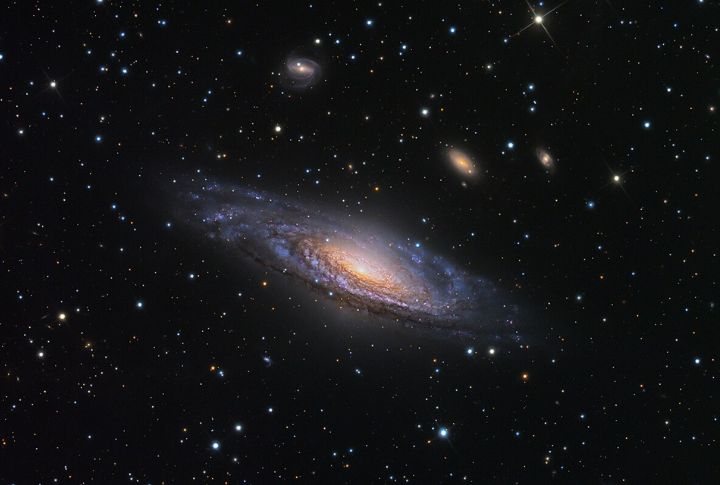
Why is this constellation often called Andromeda’s twin? Because its structure mirrors our neighboring giant, but lies 40 million light-years farther. NGC 7331 features broad spiral arms and a central bulge full of ancient stars. Though far away, it shares a striking resemblance to star systems closer to us.
Antennae Galaxies
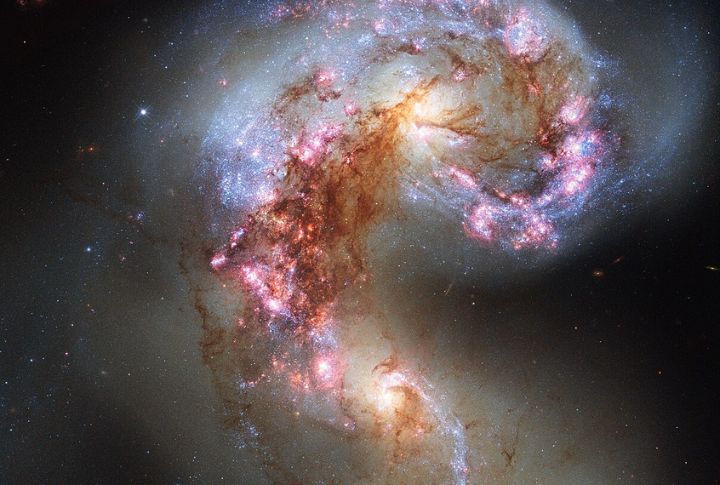
Two galaxies, once separate, are now locked in a gravitational embrace. The Antennae are a cosmic mess of newborn stars that stretch tidal tails across space like sparks from a grinding wheel. Beauty born from chaos—a reminder that even destruction has an artistic side in deep space.
Hoag’s Object
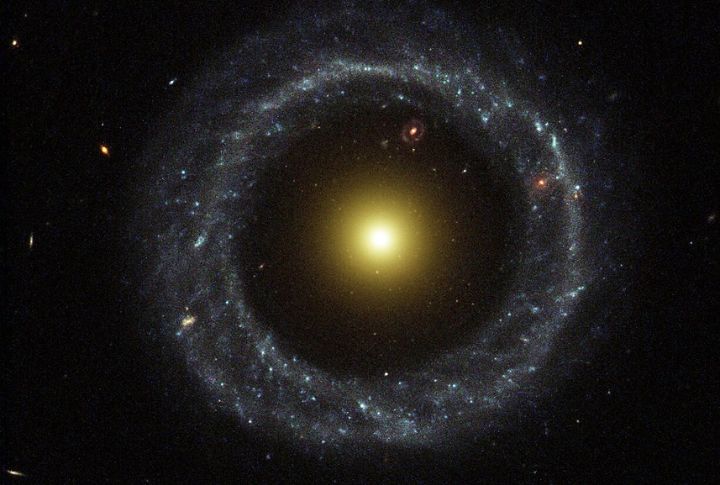
This perfectly round ring star system surrounds a bright and detached core. With no distinct arms or central mass, its structure is a study of balance. Astronomers continue to debate its origins, adding to its mystery. At 600 million light-years away, it remains a fascinating cosmic puzzle.

